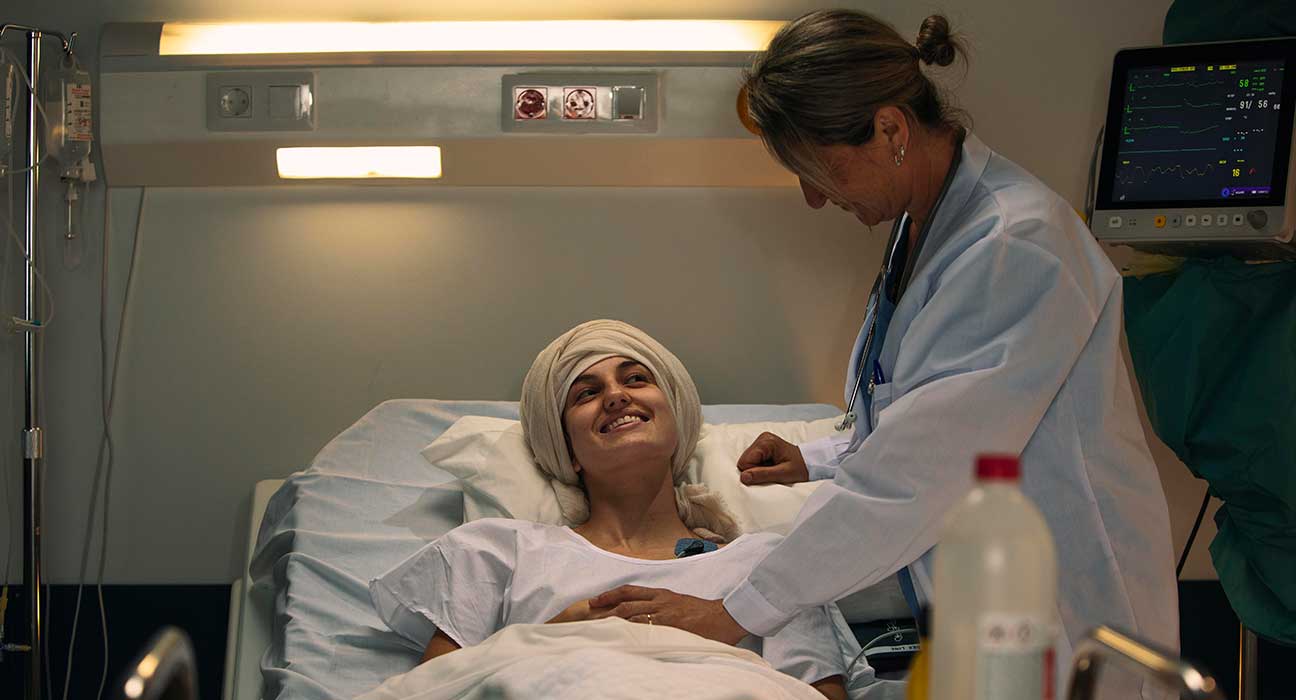A treatment known as deep brain stimulation (DBS) uses an implanted device that sends an electrical current directly to certain regions of the brain. That electric current enhances how well those components function. DBS is most frequently used to treat illnesses like Parkinson’s disease, essential tremors, dystonia, epilepsy, and obsessive-compulsive disorder.
Why Is Deep Brain Stimulation Used?
Each human brain has billions of neurons, and these cells exchange electrical and chemical impulses with one another. Neurons in various regions of your brain can become less active due to a variety of brain disorders. When that occurs, those brain regions are less effective. You may have disturbances in the abilities governed by the damaged section of the brain.
DBS surgery uses an artificial electrical current to stimulate certain neurons, alleviating the signs of a number of different brain disorders.
When Should You Seek An Expert?
The person who is best qualified to determine whether you are a good candidate for DBS is a movement disorder specialist. Due to the fact that DBS is only the beginning of the tale and not its conclusion, it is crucial for patients and caregivers to understand the long-term commitment involved in this decision. DBS success rates vary greatly from patient to patient and depend on three factors, the first of which is a proper diagnosis. It’s also critical that the doctor sets realistic expectations for the patients. The second is expertise, and the third is programming. Both are crucial for the success of DBS results, but choosing the proper equipment is just as crucial.
A specialist will also assist you in understanding the advantages and restrictions of DBS. In the majority of situations where DBS is advised, patients are likely to enjoy improvements in mobility and movement, enhancing quality of life, although the procedure cannot cure Parkinson’s disease or restore perfect health.
What About The Quality Of Life After Deep Brain Stimulation Surgery?

The pulse generator in your chest is turned on in your doctor’s office a few days to weeks following surgery, depending on each centre’s protocol. Using a sophisticated remote control, the doctor can easily configure your pulse generator from outside of your body. It may take up to three months to find the right level of stimulation because it is tailored to your situation.
Depending on your health, stimulation may be continuous throughout the day or your doctor may urge you to switch your pulse generator off at night and back on in the morning (mainly in patients with essential tremors, for Parkinson’s disease patients, the stimulator is on 24/7). With a unique remote control that you’ll take home, you can turn stimulation on and off. Your physician might set up the pulse generator so that you can make small adjustments at home.
Your generator’s battery life changes depending on usage and settings. Your surgeon will replace the generator during an outpatient procedure when the battery needs to be changed.
DBS significantly changes the quality of life of patients. It prolongs the duration of your ON period by approximately 30-60%, letting you feel good for more than 80% of the day. It also helps your mobility, reduces pain (usually seen in OFF periods), dyskinesia etc. It helps to cut down on the medications, gives a sense of well-being and also induces weight gain! Many people regret after getting DBS, that they did not take the decision of the surgery earlier.
Important Information About DBS Surgery
DBS is a potential treatment, however, it only works for Parkinson’s disease. Parkinson’s plus syndrome conditions such as multiple system atrophy, corticobasal degeneration, and progressive supranuclear palsy (PSP) cannot be treated with it.
DBS is not advised within the first five years after the development of symptoms because there is no surefire diagnostic technique to distinguish between Parkinson’s disease and Parkinson’s plus syndrome diseases.


Leave feedback about this